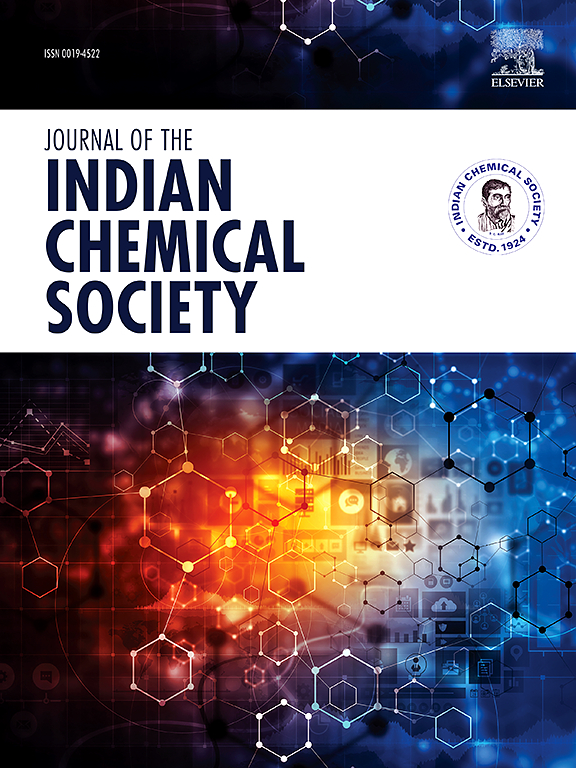Reduced graphene enameled ZnO/PVA nanosheets as electrode materials for high-performance supercapacitors
IF 3.2
4区 化学
Q2 CHEMISTRY, MULTIDISCIPLINARY
引用次数: 0
Abstract
For future uses, there is a great need for the creation of energy storage materials with a high specific energy. Supercapacitors have many potential uses, including in business energy management systems, solar energy harvesting, and hybrid electric cars. The use of a nanocomposite of ZnO and RGO with PVA in the manufacture of supercapacitors is detailed here. An affordable technique that used ultrasonic-assisted solution synthesis was employed to create the ZnO/RGO@PVA nanocomposite. Analytical techniques such as X-ray diffraction (XRD), field emission scanning electron microscopy (FESEM), transmission electron microscopy (TEM), and confocal Raman spectroscopy were used to analyze the generated ZnO and ZnO/RGO@PVA nanocomposites. The XRD results confirmed that the nanocomposite was successfully synthesized and that the nanoparticles had a correct crystal structure. Raman spectroscopy confirmed the nanocomposite's hybridization, while scanning electron microscopy and transmission electron microscopy showed ZnO nanoparticles embellishing the RGO sheets. At a current density of 2 A g−1, the ZnO/RGO@PVA exhibits a high specific capacitance of 1222 F g−1, its greater surface area and good ionic diffusion, as shown by the comprehensive morphological study. With a scan rate of 10 mV s−1, the manufactured supercapacitor device has a high capacitance retention of around 90 % and outstanding electrochemical performance over 5000 cycles. The findings indicate that the nanocomposite of ZnO and RGO with PVA might be used as an electrode material in supercapacitors.

求助全文
约1分钟内获得全文
求助全文
来源期刊
CiteScore
3.50
自引率
7.70%
发文量
492
审稿时长
3-8 weeks
期刊介绍:
The Journal of the Indian Chemical Society publishes original, fundamental, theorical, experimental research work of highest quality in all areas of chemistry, biochemistry, medicinal chemistry, electrochemistry, agrochemistry, chemical engineering and technology, food chemistry, environmental chemistry, etc.

 求助内容:
求助内容: 应助结果提醒方式:
应助结果提醒方式:


